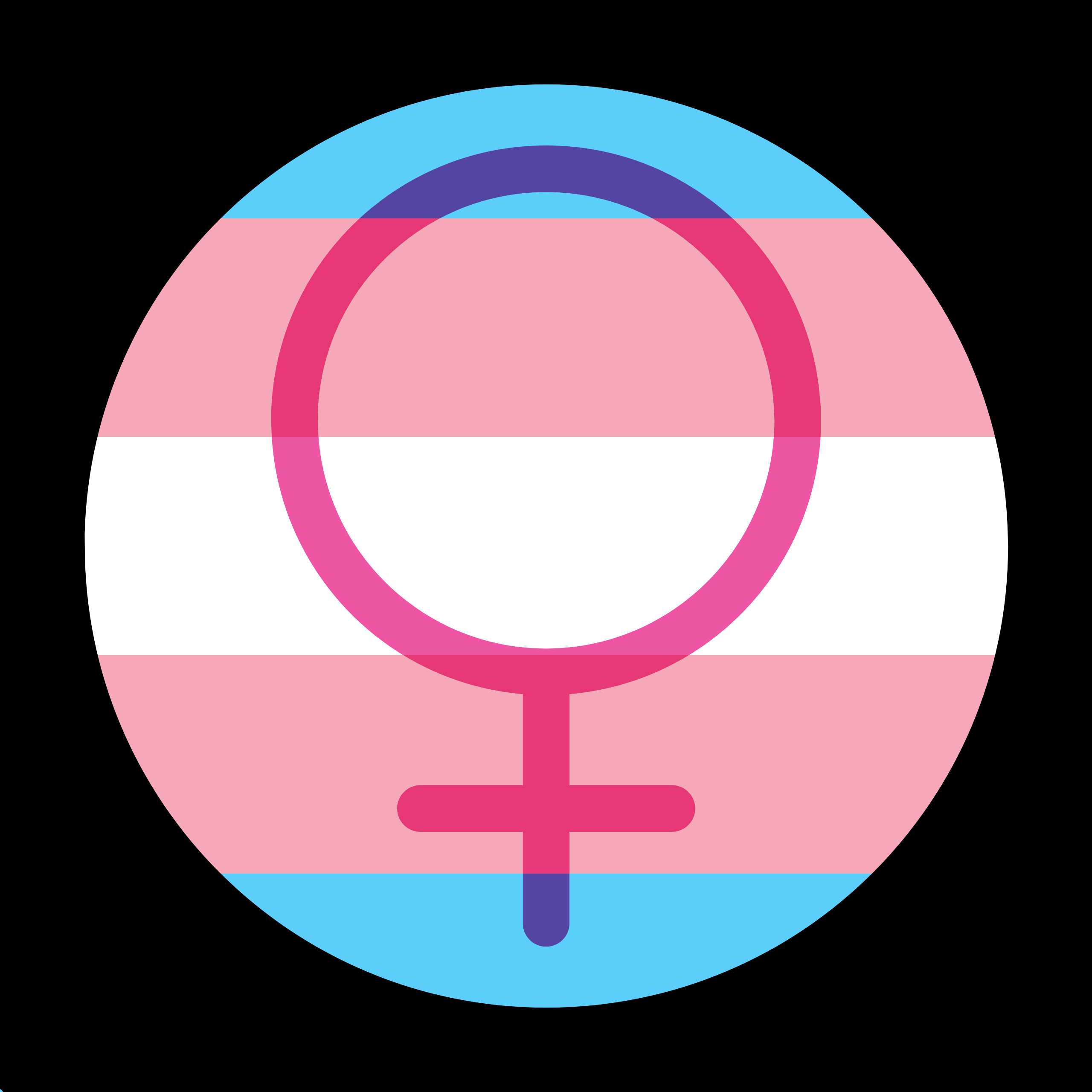
some of these movements you deride are as old as or older than you, and all of them have been mutually beneficial.
the “disingenuous and sickening” position is yours, unfortunately. i don’t have the resources to help you through this but i hope you can start to learn from this conversation.


This might be your key misunderstanding! 🙂 With emphasis, this is not what the article is saying nor what is happening.
When pride leadership associated itself with the Civil Rights Movement, it was not an adoption or enrollment of the Civil Rights Movement into LGBT rights. It was an alignment and an extension of mutual support and solidarity, recognizing that both communities had individuals and resources in common and faced a common enemy in the form of white supremacy.
When pride leadership associated itself with the feminist movement, it was not an adoption or enrollment of feminism into LGBT rights. It was an alignment and an extension of mutual support and solidarity, seeing that both communities had individuals and resources in common and a common enemy in the form of gender-based discrimination. Historically, many early feminist activists, such as those in the 1970s, also championed LGBT rights, recognizing the interconnectedness of their struggles.
When pride leadership associated itself with the labor movement, it was not an adoption or enrollment of the labor movement into LGBT rights. It was an alignment and an extension of mutual support and solidarity, understanding that both communities had individuals and resources in common and a common enemy in the form of economic injustice. For instance, the 1980s saw significant collaborations between LGBT activists and labor unions, particularly in advocating for workplace protections against discrimination.
When pride leadership associated itself with the indigenous rights movement, it was not an adoption or enrollment of the indigenous movement into LGBT rights. It was an alignment and an extension of mutual support and solidarity, acknowledging that both communities had individuals and resources in common and a common enemy in the form of colonialism and cultural erasure. During events such as the 2016 Standing Rock protests, many LGBT activists stood in solidarity with indigenous peoples, highlighting the shared struggles against marginalization.
When pride leadership associated itself with the Black Lives Matter movement, it was not an adoption or enrollment of BLM into LGBT rights. It was an alignment and an extension of mutual support and solidarity, recognizing that both communities had individuals and resources in common and faced a common enemy in the form of systemic racism. For example, during the 2020 protests, many LGBT organizations showed solidarity with BLM, acknowledging the unique challenges faced by black LGBT individuals.
When pride leadership associates itself with the pro-Palestine movement, it is not an adoption or enrollment of the pro-Palestine movement into LGBT rights. It is an alignment and an extension of mutual support and solidarity, seeing that both communities have individuals and resources in common and a common enemy in the form of occupation and human rights violations.
In all cases, this alignment of communities served to amplify the voices of all parties. “Dilution of political power” by doing solidarity is just not a thing that happens.